New Disposable Bagasse Eco-friendly Safe Non-toxic Tasteless Home Commercial Plates
sugarcane paper
sugarcane paper
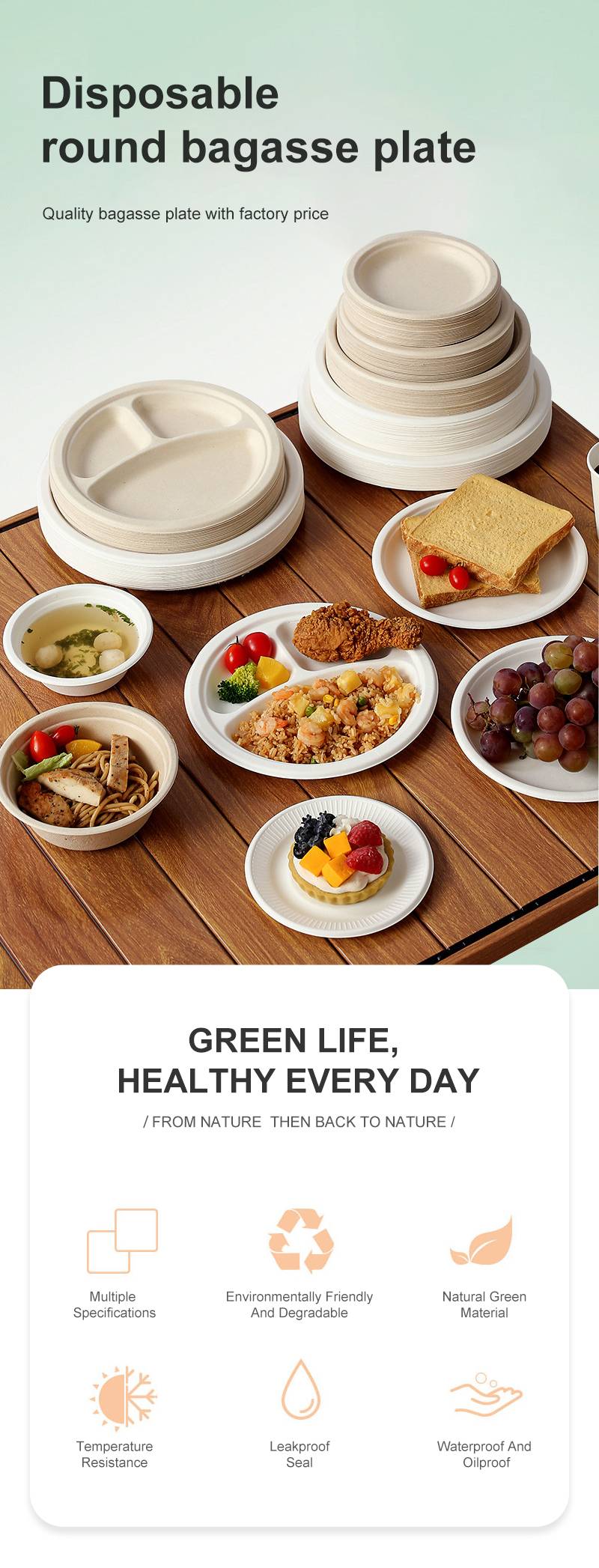
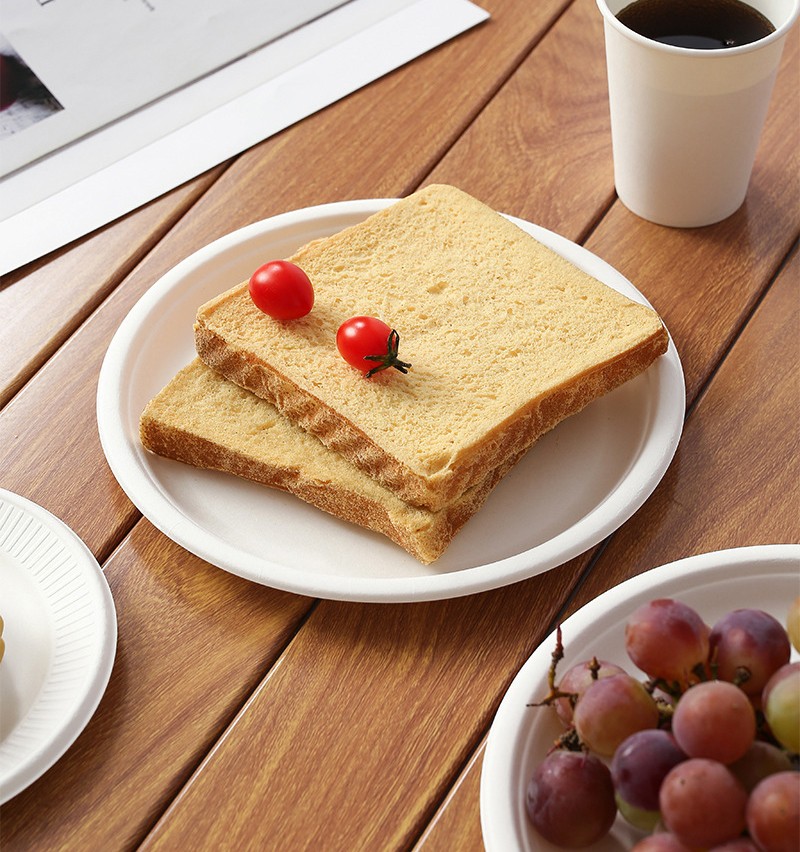
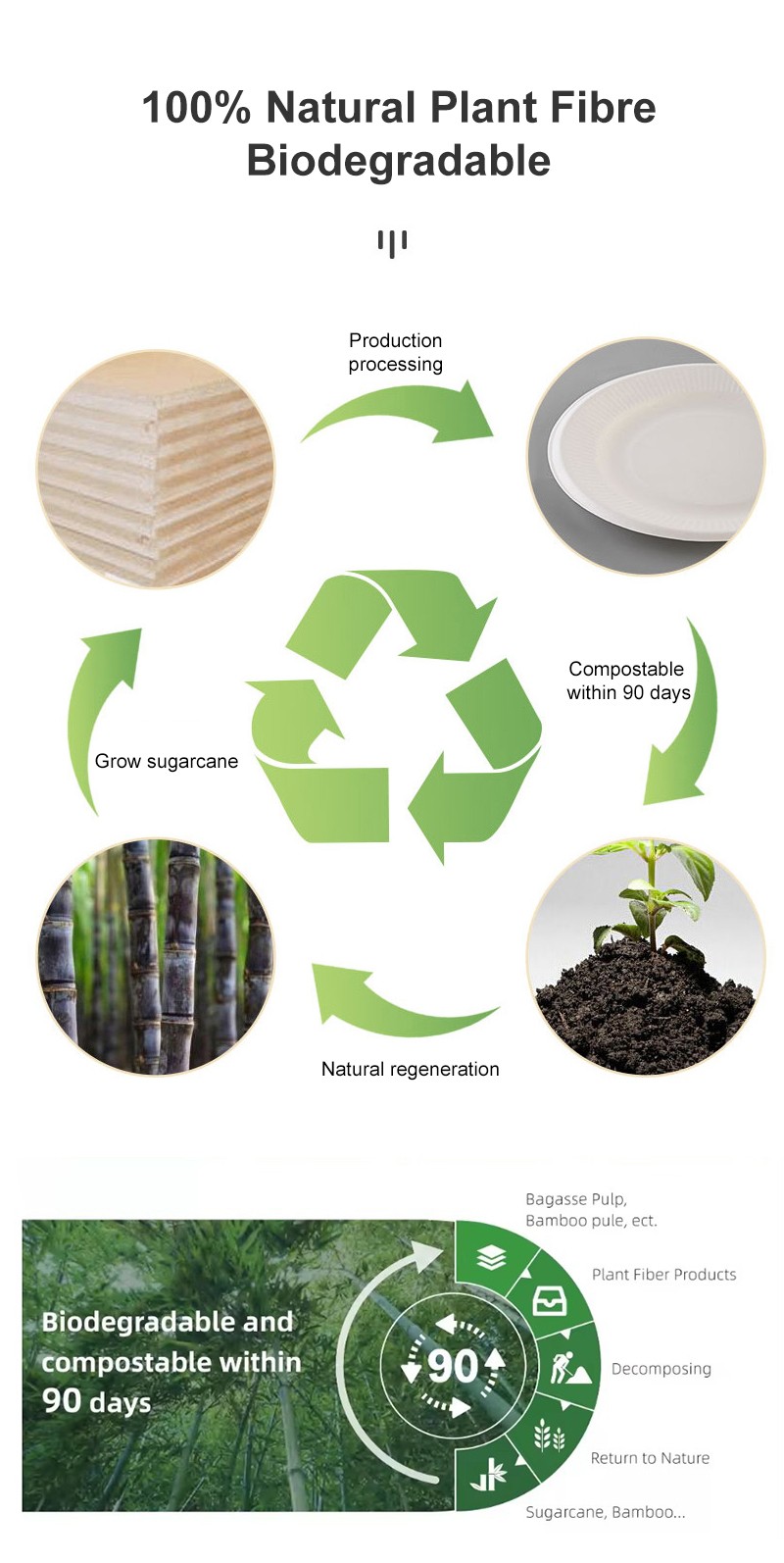
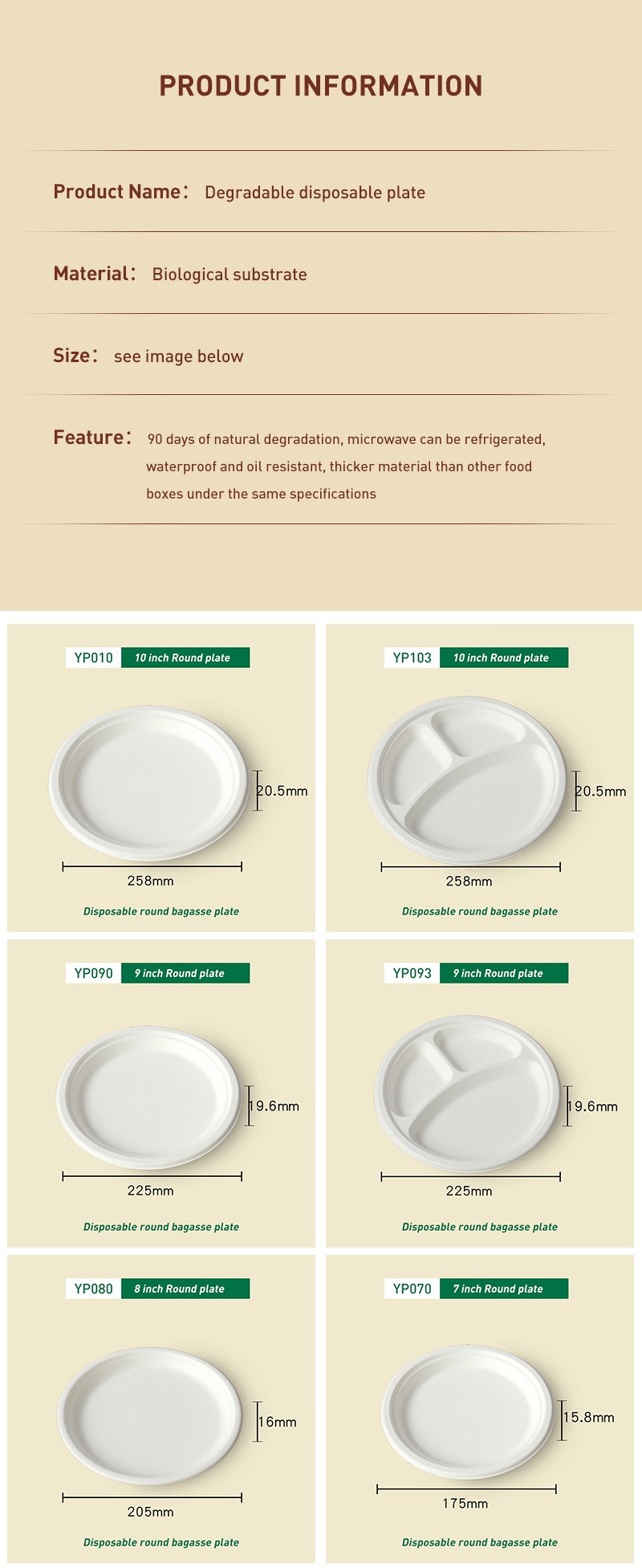
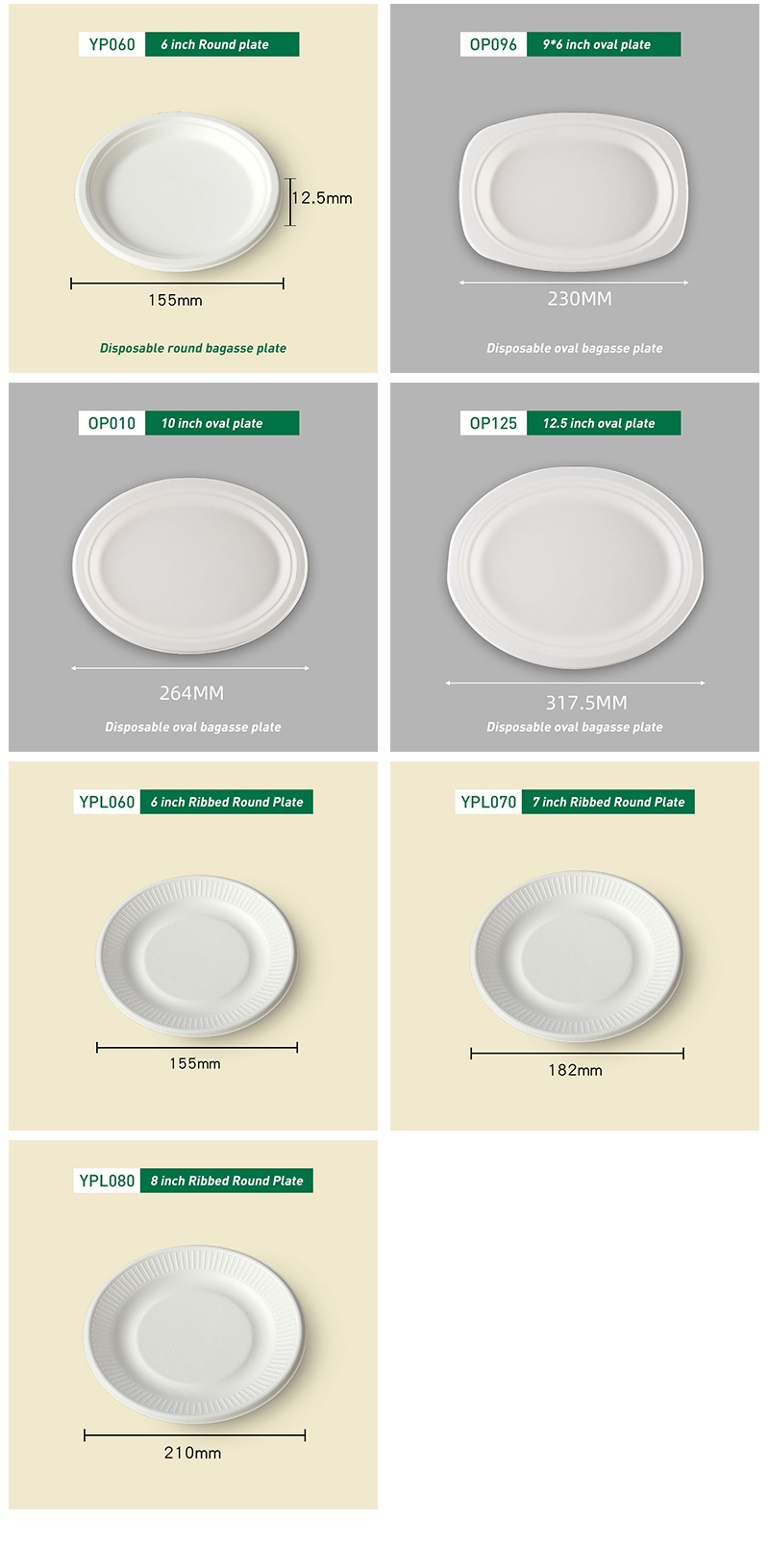
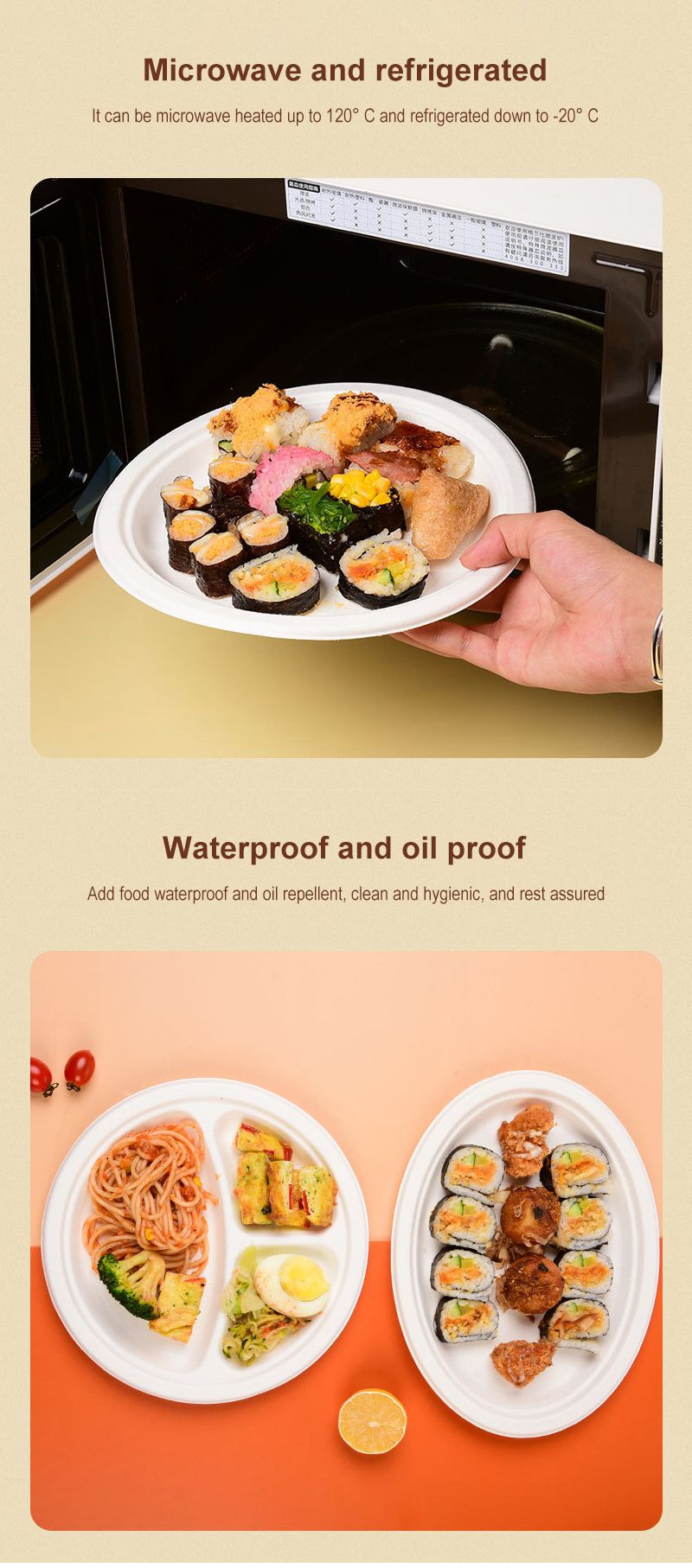
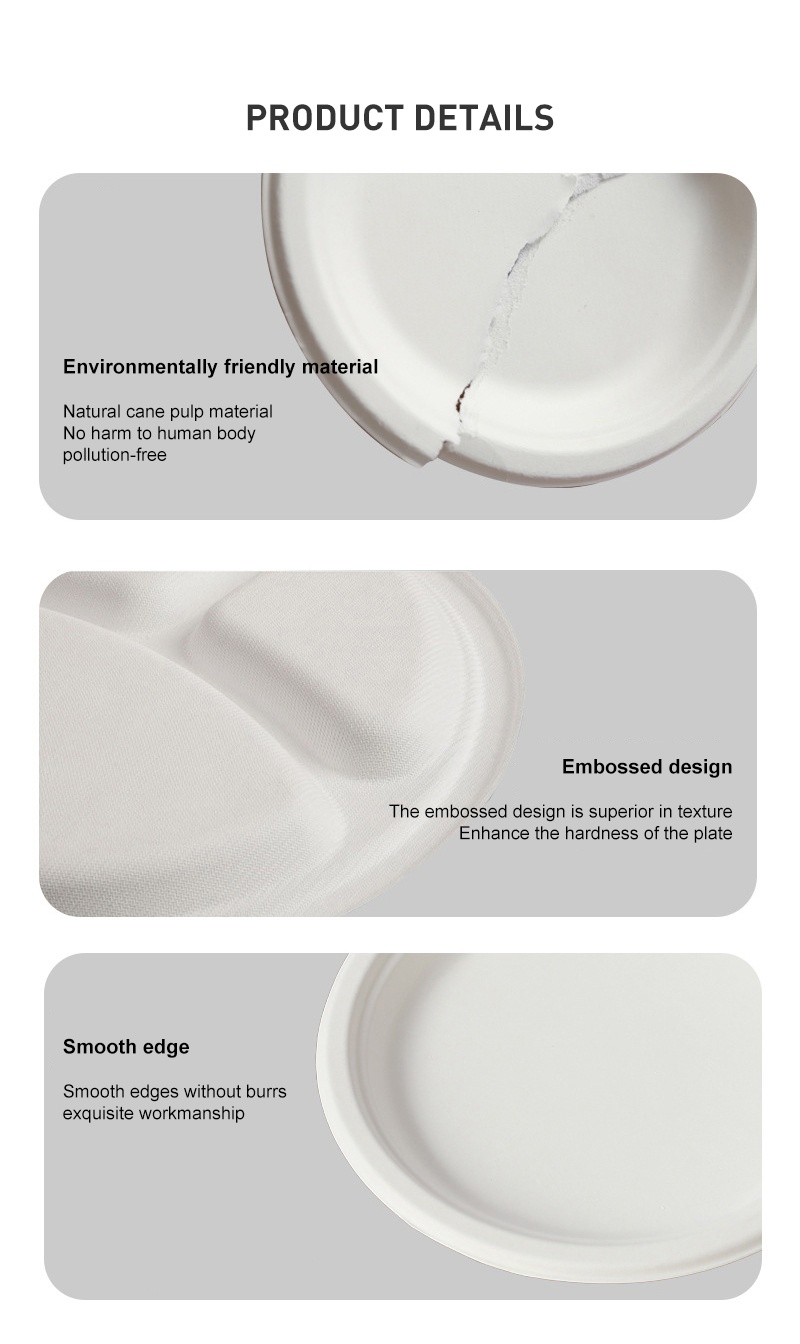


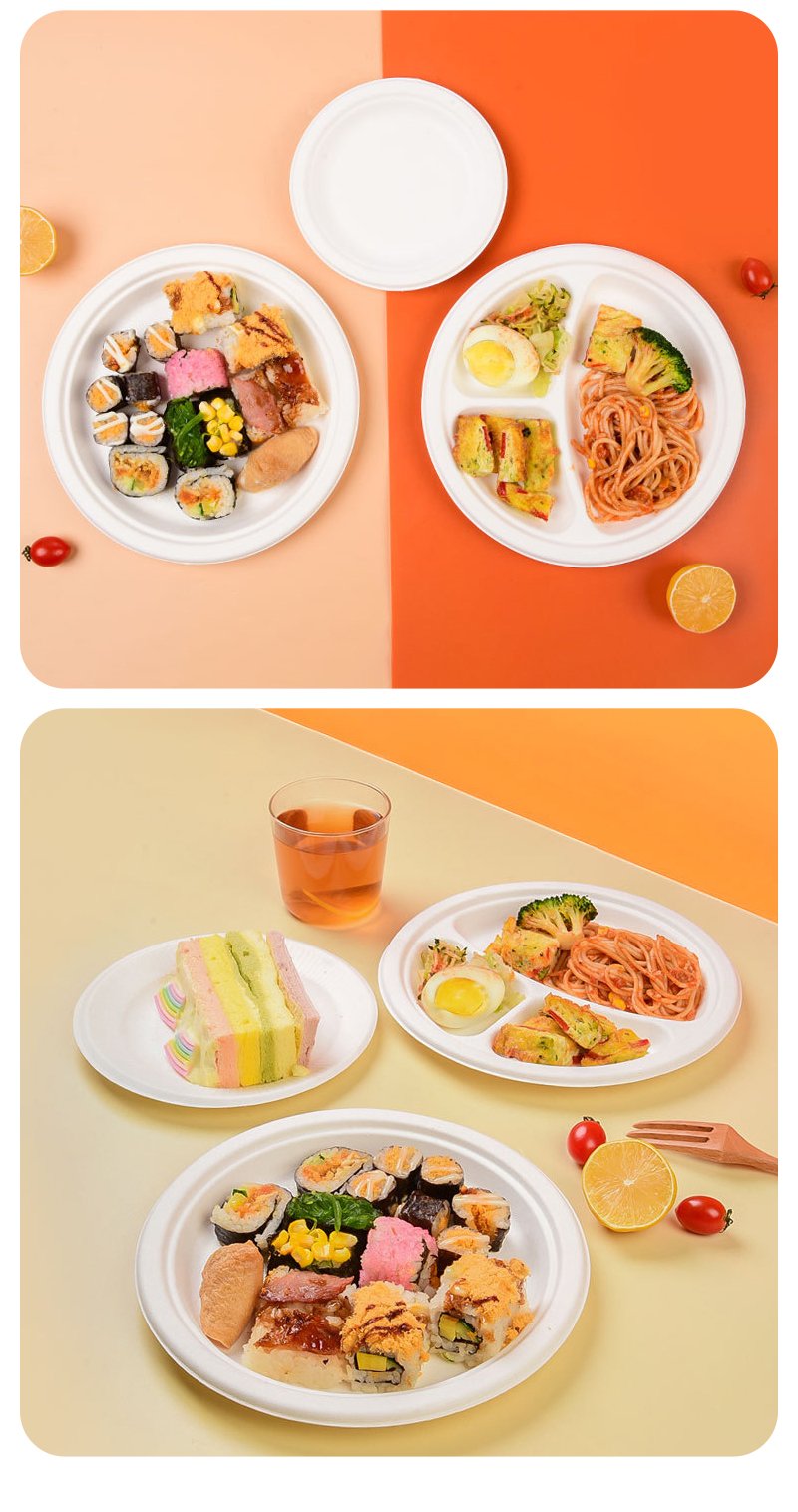
Raw material: bagasse
Bagasse, as the name suggests, is the residue left over from sugar cane after the sugar has been extracted. This substance, originally considered agricultural waste, has enormous environmental potential. Today, let me introduce you to food packaging made from bagasse.
Bagasse is mainly composed of natural polymer compounds such as cellulose, hemicellulose and lignin, which can make bagasse have good plasticity and biodegradability. These properties are the basis of environmental protection of bagasse. Single-use plastics are considered to be environmentally unfriendly because of their long-term non-degradable properties, which put great pressure on the earth’s environment.
In addition, bagasse raw materials are renewable. The output of sugarcane is large, and the global sugarcane industry and the sugar production industry will produce a large amount of bagasse every year, which also provides a very sufficient raw material guarantee for the production of bagasse tableware.
Production process
Next, I would like to introduce you to the production process of cane sugar bagasse, so that you can better understand the details of this product.
1. First, let’s assume that we are producing sheets from sugarcane bag material, and then we classify the production process to work in an orderly manner to produce a high-quality product.
The important first step is the pretreatment of raw materials
After extracting sugarcane juice in the sugarcane processing plant, if we want to turn it into a material that can come into contact with food, we have to go through strict screening and cleaning. This removes some of the impurities, dust or grime and residual sugar from the inside. (So the plate of sugar cane you receive is inedible! There’s no sugar in it!” This cleaning is not only very important, but also has a direct impact on subsequent processing and the purity of the product.
We then crush the purified bagasse into a fine fiber mold, which is later processed.
2. Conversion and processing
Mold processing is the core of sugarcane bagasse tableware production. At this stage, pre-treated sugarcane bagasse fiber is mixed with a certain amount of biodegradable materials, such as starch and PLA, to improve its adhesion and plasticity. The mixed material is molded into sheets of different shapes and sizes or injection molded. The design of the shape is crucial as it determines the appearance and structure of the final product. At the same time, the parameters such as temperature, pressure and time need to be precisely controlled during the molding process to ensure the dimensional accuracy and physical properties of the product.
3. Drying and curing
The molded plate must be dried and cured to remove moisture and improve the strength and stability of the product. Drying and curing can be carried out in a hot air drying chamber or kiln, where the desired humidity level and hardness of the product are gradually achieved by controlling the temperature and humidity. This step has a considerable impact on the final quality of the product, as over-drying can cause deformation or cracking, while under-drying can affect the strength and durability of the product.
4. Oberflachenbehandlung
In order to improve the appearance and durability of sugarcane bagasse board, surface treatment is usually required. This includes process steps such as grinding, polishing and glazing to remove surface defects and add shine and texture to the product. At the same time, according to the market demand, the pattern or text can also be printed on the surface of the plate to meet the personalized customization needs.
5. Quality control
Finally, the sugarcane bagasse boards produced must undergo rigorous quality testing to ensure compliance with relevant standards and requirements. Quality testing includes visual testing, dimensional testing, physical performance testing (such as load bearing capacity, heat resistance, water resistance, etc.) and biodegradation performance testing. Only through comprehensive and strict quality control can we ensure that each batch of products meets the high quality standards and meets the requirements of consumers.